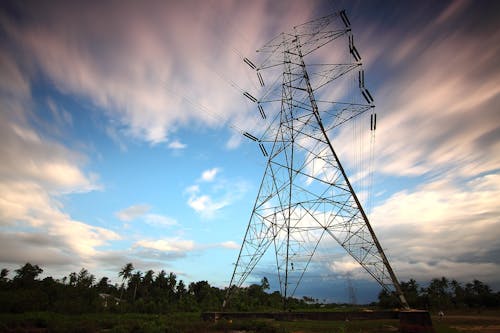University of Rochester researchers revealed this week a major development in energy technology: A commercially feasible superconductor that operates at room temperature. The breakthrough was announced by Raga Dias, a mechanical and physics professor at Rochester University, to a capacity crowd at the American Physical Society conference in Las Vegas. The science was also published in the journal Nature on Wednesday.
Discovered over a century ago, superconductors carry electricity with no resistance or loss of energy. Until now, superconductors were required to be extremely cold before they would lose their resistance. The room temperature material used by Dias’ team is made from the rare earth metal, lutetium, and is baked in a gas mixture of 99 percent hydrogen and one percent nitrogen.

With the material, “we could magnetically levitate trains above superconducting rails, change the way electricity is stored and transferred, and revolutionize medical imaging,” Dias told The Wall Street Journal. Adding that room-temperature superconductors could allow batteries to last longer and make lossless power grids possible. It might even make nuclear fusion reactors practical, he said.
The team has dubbed the material, which turns red under pressure, Red Matter, as an homage to the 2009 Star Trek film.
But Some Have Doubts
Some attendees, while describing the study as promising, were also skeptical. The same announced a superconductor in a 2020 paper which was then retracted when peers began questioning the data. The previous paper was also published in Nature. On Wednesday, Dias said that it had been resubmitted with updated, transparent, data.
“If this is real, it’s a really important breakthrough,” Paul C.W. Chu, a University of Houston physics professor, told the New York Times.
“I’m cautiously optimistic,” added Timothy Strobel of the Carnegie Institution for Science.. “The data in the paper, it looks great,” describing Dias as maybe “the best high-pressure physicist in the world, poised to win the Nobel Prize. Or there’s something else going on.”









